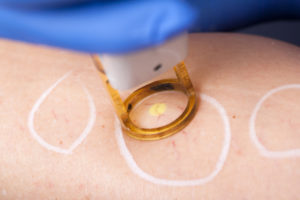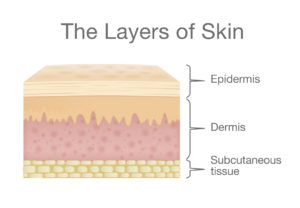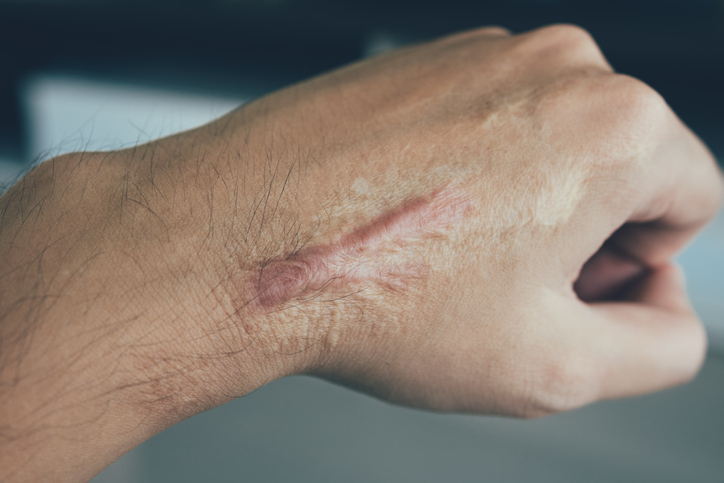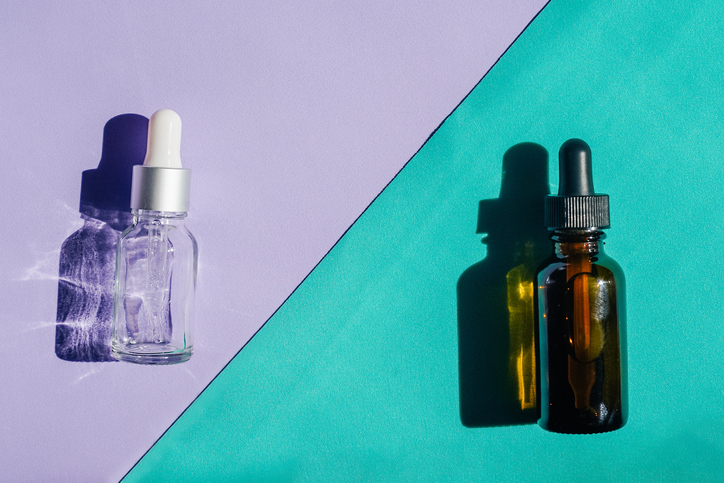
Do LED treatments really work?
LED light therapy, also known as phototherapy, is a non-invasive treatment that harnesses the power of light to address various skin concerns.
Dr Michael Rich is a specialist dermatologist who has been performing tumescent liposuction for over 30 years. Find out if Liposuction is suitable for you at ENRICH Clinic.
At ENRICH Clinic, we have a wide range of dermatological and cosmetic body treatments tailored to individual body and patient needs.
At ENRICH Clinic, our treatments are performed by our medical team consisting of doctors, nurses, and dermatologists and are tailored to each patient’s skin health needs.
ENRICH Clinic is committed to your skin health and well-being with a range of dermatological & cosmetic treatments tailored to the individual. Our treatments are performed by our medical team consisting of doctors, nurses, and dermatologists.
Skin health is essential for everyone. ENRICH Clinic has a wide range of technologies and dermatological solutions to help you achieve your skin care goals.
To understand why there isn’t one laser for all treatments, you need to understand what each laser does during a treatment. You’ll soon see why one is better for specific jobs than another.
A laser is a single wavelength – a colour – of high-energy light focused into a tiny, single beam.
A laser beam, laser precision, laser light – the point of a laser is that it is a single beam of focused light energy. Laser beams come in varying strengths, for example, your remote control laser beam is very weak, transmits only over a short distance, and won’t do any damage if you shine it in your eyes.
Stronger lasers, however, can get hot and burn, penetrate solid objects, and can transmit signals over a long distance. You do not want those going in your eyes.
Lasers can only emit one wavelength – colour – at a time. When we use lasers in cosmetic treatments, we are utilising a process known as ‘selective photothermolysis’.
Photothermolysis
Photo means light
Thermo means heat
Lysis means to destroy
In cosmetic treatments that use thermolysis, we, therefore, use light to produce heat to destroy tissue.
The wavelength – like the colour – of whatever we are targeting must be the same as the wavelength – like the colour – of the laser beam. This is how we selectively target blood vessels, brown spots, or remove tattoo ink with laser treatments.
Many laser treatments target the water in tissue, which has its own wavelength (as opposed to a ‘colour’ as we know it).
Each laser is generally able to produce just the one wavelength at a time, but up to four different wavelengths (using different settings) in total, limiting each of them to whatever wavelength(s) they were built for. A laser can’t produce two wavelengths at the same time.
Each laser has its particular wavelength(s) that are attracted to different elements in our skin. This selectivity is why lasers are so precise and don’t affect the tissue that does not match the colour (wavelength) of choice. The laser can’t ‘see’ these colours (wavelengths) and so can’t affect them.
If you have a brown spot (melanin) you want vapourising, the ablative brown-wavelength laser is your tool of choice.

Similarly, laser hair removal uses the same system: darker hair pigments attract the laser beam.
Spider veins on your cheeks? The red-wavelength laser is your tool of choice to target haemoglobin.
Some lasers have a long-range, while others have a short range. If you want to target a spider vein under the skin, for example, you need a laser that can reach that distance into your tissue but doesn’t affect outer skin or nearby skin. So, a non-ablative laser treatment targeting the red colour wavelength would be the choice.
But, it’s also a matter of heating the target tissue quickly enough to cause damage to it. This is where the power and depth capacity of the laser treatment comes into play.
Light
Amplification by
Stimulation
Emission of
Radiation
There are two general types of lasers used in cosmetics: the ablative and the non-ablative laser.
From there, we have a vast array of brands and variations in the power and settings of each laser. The main difference between machines is the wavelength (colour) the device produces, which directly affects what sorts of skin conditions you might use it for.
When using a laser treatment to remove or reduce fine lines and wrinkles, we’d likely start with a skin resurfacing (ablative) laser. We would use this to remove the hills and valleys of the wrinkle. That is, to even out the skin, so it is all the same level, softening the contrast between the dips and creases a little. This reduces the appearance of wrinkles and can erase fine lines.
These lasers also stimulate collagen production, so over time, help increase the strength and firmness of the skin.
The carbon dioxide (CO2) laser or Erbium YAG are the most common laser treatments for fine lines and wrinkles. The CO2 laser treatment is often used for more in-depth skin treatments but also to remove skin tags and warts or for laser-assisted surgeries that require precision.
At ENRICH, we have a vast array of state-of-the-art lasers !
Skin tightening is achieved by applying the laser treatment to the skin, which produces a controlled injury to the collagen-producing layer, the dermis. Existing collagen is contracted, and new collagen production is ramped up.

Collagen is your skin’s infrastructure, the matrix that holds you together. When you contract and stimulate collagen, it has a tightening and toning effect on your tissue, resulting in a visible skin tightening effect.
We have many devices for skin tightening, depending on your individual needs.
Pigmentation (melanin) is produced in the epidermis – the top layer of skin – by melanocytes. The lasers most appropriate tend to be ablative devices that are matched for brown colouring. Sunspots, liver spots, age spots, melasma and hyperpigmentation, can be successfully vapourised.
Indeed, a skin cancer is usually surgically removed by a doctor to ensure the full cancer is removed. However, when a lesion is not yet cancerous, it can be quickly and easily removed with a laser treatment before it has a chance to develop into a malignancy.
This works much like pigmentation, and we vapourise the lesion with an ablative laser.
Vascular lesions such as broken blood vessels, spider veins, spider nevi, hemangiomas and port-wine birthmarks (which contain a vast blood supply) can be successfully treated with a laser treatment that targets haemoglobin-red – red. The laser ignores the tissue around the red so that a blood vessel can be destroyed without harm to other tissue.
Tattoo removal can be done with a CO2, Q-switched laser or Nd:YAG laser, but our laser treatment of choice is the very fast, effective PiQ04 picosecond laser.
Our picosecond laser has four different wavelengths that actively target many different colours typical in tattoos. When we combine all our lasers, we have the best selection for any tattoo to be removed, no matter the colours, including trickier cosmetic tattoo pigments. The picosecond laser is exceptionally efficient when it comes to tattoo removal.
Hair removal lasers have been restrictive in the past because they relied so heavily on light skin and dark hair; however, advancements in lasers have all but eliminated this. In laser hair removal, the laser needs something to be attracted to, which tends to mean a slightly darker, pigmented hair shaft.
The laser energy travels down the hair shaft, transferring its heat to the surrounding follicle, damaging it so that it cannot produce a hair. This is how laser hair removal works.
Visit us for laser hair removal in Melbourne
Deeper acne scarring can be treated using the CO2 laser, but this depends on the state of the skin and the depth of the scarring. Acne scarring may be addressed by remodelling the collagen that makes up the scarring or by resurfacing the skin, and your doctor will decide which laser is best for your skin.
A combination of both ablative and nonablative lasers may be used, along with some of our non-laser devices.
We have a large range of lasers to tackle your skin issues
Contact us to see how we can help you
*With all surgeries or procedures, there are risks. Consult your physician (GP) before undertaking any surgical or cosmetic procedure. Please read the consent forms carefully and be informed about every aspect of your treatment. Surgeries such as liposuction have a mandatory seven-day cooling-off period to give patients adequate time to be sure of their surgery choice. Results may also vary from person to person due to many factors, including the individual’s genetics, diet and exercise. Before and after photos are only relevant to the patient in the photo and do not necessarily reflect the results other patients may experience. Ask questions. Our team of dermatologists, doctors and nurses are here to help you with any of your queries. This page is not advice and is intended to be informational only. We endeavour to keep all our information up to date; however, this site is intended as a guide and not a definitive information portal or in any way constitutes medical advice.
"*" indicates required fields
Combining Dr Rich’s dermatological skill with his knowledge of restorative skin regimes and treatments, the ENRICH range is formulated to help maintain and complement your skin. Our signature Vitamin C Day & Night creams are now joined by a Vit A, B,&C Serum and a B5 Hyaluronic Gel, both with hydration properties and much, much more.

LED light therapy, also known as phototherapy, is a non-invasive treatment that harnesses the power of light to address various skin concerns.

Research has shown that snoring can be reduced by up to 60% after two or three treatments with ENRICH Clinic’s high-tech target lasers designed to tighten the soft palate and stop snoring.

While all scars are a natural part of the healing process, some may be more visually unappealing than others, leading to a desire for their removal or improvement.

In the world of aesthetics and dermatology, the right pairing of treatments can work together in harmony, offering exponential benefits beyond the individual results of each procedure.
Subscribe to the ENRICH newsletter and receive latest news & updates from our team.
Enrich Clinic acknowledges the Traditional Lands of the Wurundjeri Woi Wurrung and Bunurong peoples of the East Kulin Nations on which we work and trade. We pay respect to their Elders past, present and emerging. We extend our acknowledgement and respect to the LGBTQIA+ community who we welcome and support. Read our full Acknowledgement Statement here
